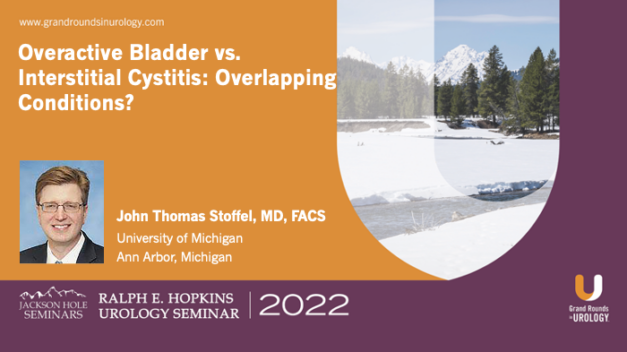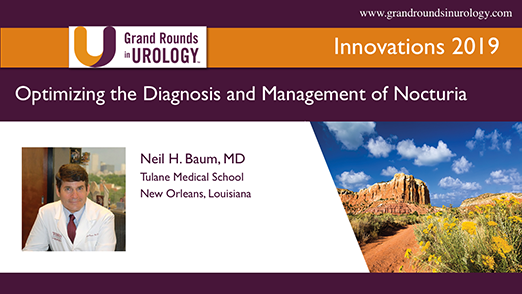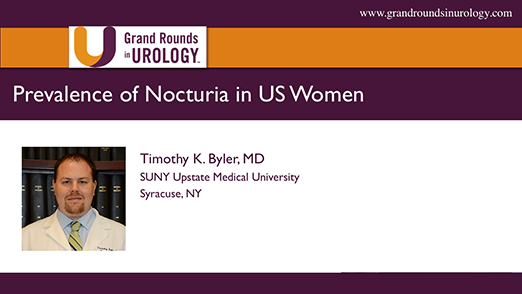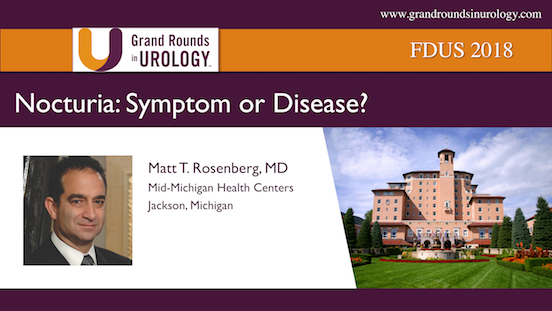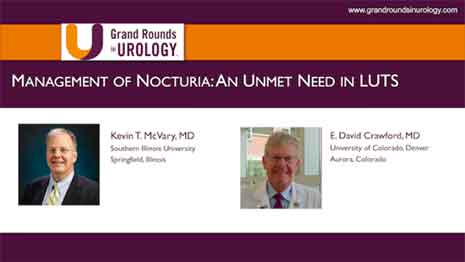Overactive Bladder vs. Interstitial Cystitis: Overlapping Conditions?
John Thomas Stoffel, MD, Associate Professor of Urology and Chief of the Division of Neurourology and Pelvic Reconstruction within the University of Michigan Department of Urology in Ann Arbor, Michigan, discusses how to differentiate overactive bladder (OAB) from interstitial cystitis (IC), as well as how to appropriately treat both conditions. He begins with some background, explaining that OAB is common and affects 30 to 50 million women worldwide. IC is also common, and may affect between 2 and 17% of US adults. Dr. Stoffel argues that despite this prevalence, clinicians do not understand the depth of these conditions nor how to differentiate them. He then defines OAB as “[urinary] urgency, with or without urgency incontinence, usually with increased daytime frequency and nocturia,” whereas IC is an unpleasant sensation (pain, pressure, discomfort) perceived to be related in the urinary bladder, associated with LUTS, of greater than 6 weeks duration in the absence of infection. Dr. Stoffel posits that IC is more associated with sensory symptoms while OAB more associated with motor symptoms. He then discusses the work-up for OAB and IC, explaining that the work-up for the former should include a physical exam, urine analysis, and a voiding diary, while the work-up for the latter should feature a physical exam, a history of symptoms, urinalysis, urine culture, and urine cytology. Dr. Stoffel moves on to treatment strategies, describing the treatment of OAB as like a ladder, moving sequentially from behavioral therapy to medications to neuromodulation/onabotulinum toxin. He recommends tracking outcomes for OAB with patient reported outcome measures (PROMS), and highlights the effectiveness of behavioral therapies such as timed voiding/fluid management, weight loss, and biofeedback. Dr. Stoffel also notes that there are no clear winners among OAB medications, and he emphasizes the need to define patients’ expectations. He describes the treatment strategy for IC as less like a ladder than a grab bag, explaining that “initial treatment type and level should depend on symptom severity, clinician judgment, and patient preferences.” Dr. Stoffel briefly considers the evidence for neuromodulation and onabotulinum toxin, concluding that they are effective for OAB, but there is little extended data in IC.
Read More
